Discovering the expense of crafting a café racer involves several key factors. From bike selection to customization and labor, each element contributes to the overall cost.
Let’s delve into these components to gain a clearer understanding of the financial considerations involved in building this iconic motorcycle style.
How Much Does It Cost to Build a Cafe Racer?
If you’re taking on the upgrades and reconstruction personally, the cafe racer construction expense ranges from $700 to $1,000, excluding the bike purchase. Your motorcycle cost varies with your location and the purchase timing.
What is a Cafe Racer?
A café racer is a custom-built motorcycle known for its minimalist and vintage design. It typically features a distinctive style, with a focus on speed and agility. These bikes often have a modified appearance, emphasizing a streamlined look and powerful performance.
Different Factors That Affect the Cost of Building a Cafe Racer
Crafting a café racer is an exciting endeavor, merging creativity with mechanics to produce a personalized motorcycle masterpiece. However, the cost of building such a unique machine can vary significantly based on several pivotal factors.
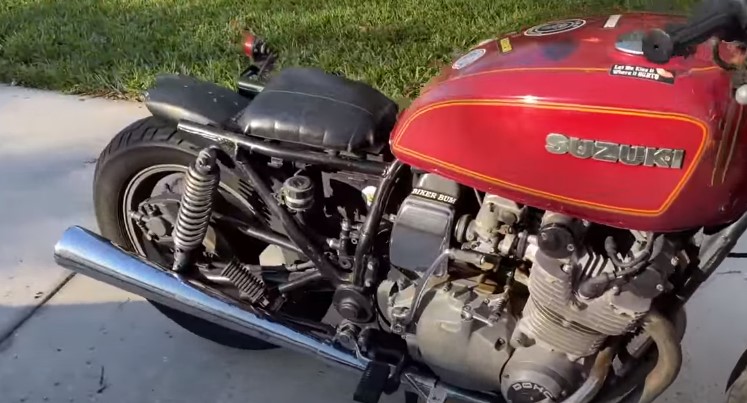
Understanding these elements is crucial to budgeting and planning effectively for your dream bike.
Bike Selection and Initial Cost
Choosing the right base motorcycle sets the tone for your café racer project. The initial cost of the bike can vary widely based on its make, model, year, and condition.
Vintage bikes, such as the Honda CB series or Yamaha XS models, can be more expensive upfront due to their classic appeal. Newer models might require less work but can be pricier initially.
Budget constraints and personal preferences play a significant role in this decision.
Customization Extent
The level of customization you envision greatly influences the overall cost. Deciding whether to opt for a minimalist build or go all-out with extravagant modifications will impact your budget.
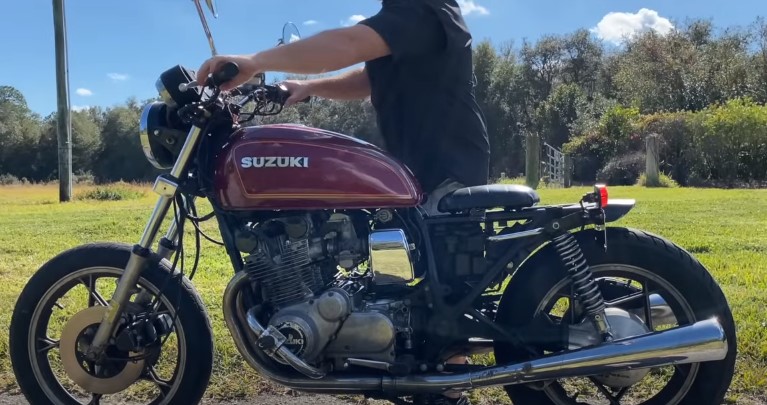
Swapping out handlebars, installing a new exhaust system, updating the suspension, and changing the seat are common changes. However, intricate modifications like custom-made parts, unique paint jobs, and specialized components can significantly increase costs.
Labor and Expertise
Another factor shaping the cost is the level of expertise and labor required. If you’re skilled and experienced, performing most of the work yourself can save money.
Conversely, hiring professionals to handle complex tasks like engine modifications, welding, and electrical work can escalate expenses. Balancing your skills and the complexity of the project will help you decide where to invest your budget.
Quality of Parts
Choosing the right parts is a delicate balancing act between performance and budget. High-quality components often come with a heftier price tag but can enhance your motorcycle’s performance, durability, and overall aesthetics.
Opting for cheaper parts might save money initially but could compromise the final output. Prioritize essential components that impact safety and performance while considering cost-effective alternatives for non-essential parts.
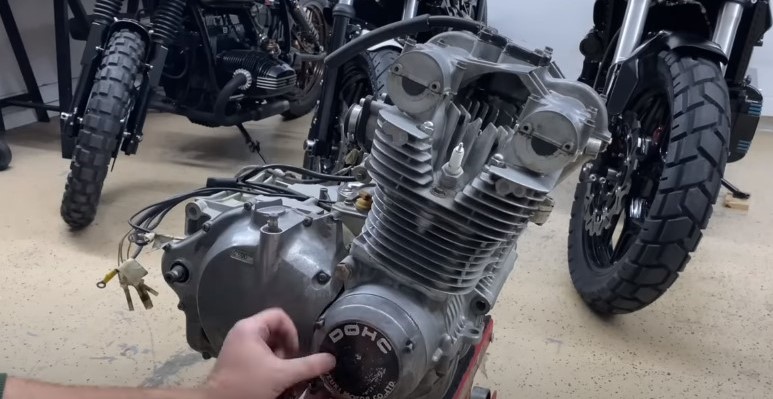
Sourcing Parts
The origin of your parts contributes to cost variation. New parts provide reliability and often come with warranties but can be more expensive. Used parts or salvaged components from scrapyards can be budget-friendly, but you must ensure they are in good condition.
Repurposing existing parts might also save money, but this could limit your design options. A combination of new and repurposed parts can strike a balance between cost and quality.
Paint and Aesthetics
The paint job and overall aesthetics are crucial in defining the personality of your café racer. A custom paint scheme or intricate designs add a unique touch but can be pricey.
The complexity of the paint job, the skill of the painter, and the type of paint used all influence the cost. Deciding whether to splurge on an eye-catching paint job or opt for a simpler design impacts your budget.
Additional Features
Integrating extra features like upgraded lighting, digital gauges, or unique accessories enhances your café racer’s allure. However, each additional element contributes to the cost.

Prioritize features that align with your vision and riding preferences. Consider whether these extras are essential or merely add-ons that might inflate your budget.
Location and Timing
The cost of building a café racer can also be influenced by your location and market trends. Certain areas might have higher prices for parts and labor due to supply and demand dynamics.
Additionally, the time of year can impact prices, as some parts may be more readily available or discounted during specific seasons.
Unexpected Costs
Regardless of meticulous planning, unforeseen expenses can arise during the building process. It’s wise to set aside a contingency fund to handle unexpected costs, ensuring your project doesn’t stall due to budget constraints.
This buffer can provide peace of mind and allow you to address any surprises without derailing your café racer dream.

What Are the Process Involved in Building a Cafe Racer?
Crafting a Café Racer is a captivating journey that blends design, mechanics, and passion into a unique motorcycle masterpiece. This process involves a series of intricate steps, each contributing to the transformation of a standard bike into a personalized, performance-oriented icon.
Conceptualization
The process begins with a clear vision of the final product. Determine the style, aesthetics, and performance goals you want for your café racer. Research various designs and gather inspiration to create a concrete plan for your build. This stage is crucial, as it sets the tone for the entire project.
Bike Selection
Selecting the base motorcycle is pivotal. Opt for a model with a strong frame, suitable engine capacity, and compatibility with your desired modifications. Classic models like the Honda CB series or Yamaha XS often serve as excellent starting points due to their adaptable structures and vintage charm.
Disassembly
With your chosen base, disassembly is the next step. Remove all unnecessary components, leaving only the essential framework. This provides a clean canvas for customization and allows you to identify areas needing repair or reinforcement.
Frame Modifications
Frame modifications align the motorcycle with the Café Racer ethos. Adjust the frame’s geometry for a more aggressive riding stance, often achieved by raising the rear and lowering the front.
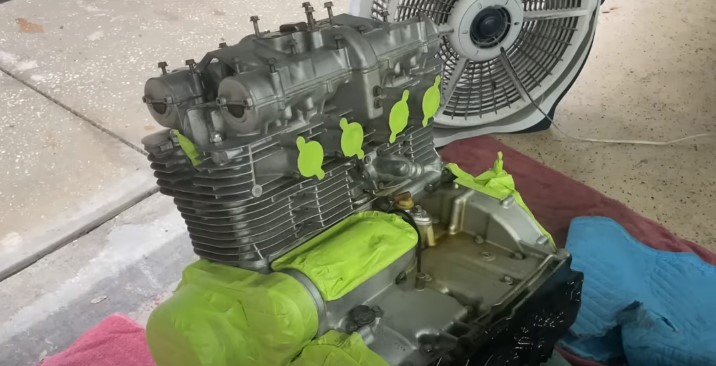
Reinforce weak points, such as welding, to ensure the frame can withstand the modifications and enhance performance.
Suspension and Wheels
Upgrade the suspension to improve handling and comfort. Install adjustable shocks for better road feedback and adjustability. Choose suitable wheels, often with wider rims, to accommodate modern performance tires and enhance stability.
Engine Upgrades
Enhancing the engine’s power and responsiveness is a defining characteristic of Café Racers. Upgrades can range from rejetting carburetors to fitting high-performance exhaust systems and improving air intake. Strive for a balance between increased power and reliability.
Customization
Customization is where the Café Racer truly takes shape. Modify the fuel tank for a sleeker profile, often featuring knee dents to enhance the rider’s connection with the bike.
Craft a minimalist seat that complements the bike’s lines. Swap out handlebars for clip-ons, offering a more aerodynamic riding position.
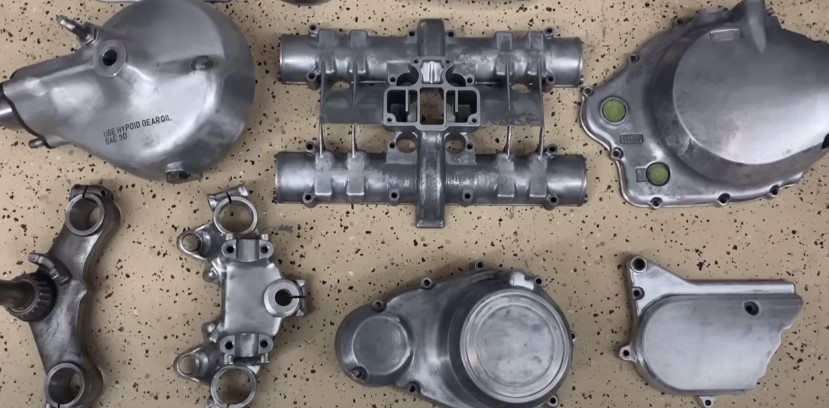
Electrics and Wiring
Simplify the electrical system by removing unnecessary components and rerouting wires. Install a smaller battery and LED lighting [1] for improved efficiency. Ensure the wiring is neat and organized, maintaining the Café Racer’s clean aesthetic.
Paint and Finishing
The paint job encapsulates the Café Racer’s personality. Choose a color scheme that resonates with your vision. Ensure the paint application is flawless, accentuating the bike’s lines. Apply clear coats for protection and a glossy finish, completing the overall look.
Reassembly
Reassembly marks the culmination of your efforts. Carefully put together all the components, paying attention to detail and alignment. Double-check all connections, tighten bolts, and ensure everything is in its rightful place.
Testing and Tuning
Before hitting the road, thorough testing and tuning are essential. Check for any mechanical issues, leaks, or abnormalities. Fine-tune the engine and suspension settings to ensure optimal performance and safety.
Safety Inspection and Legalities
Depending on your location, a safety inspection might be required. Ensure the motorcycle meets all legal requirements, including lights, mirrors, and emissions. Handle any necessary paperwork, such as registering the modified vehicle and updating insurance coverage.
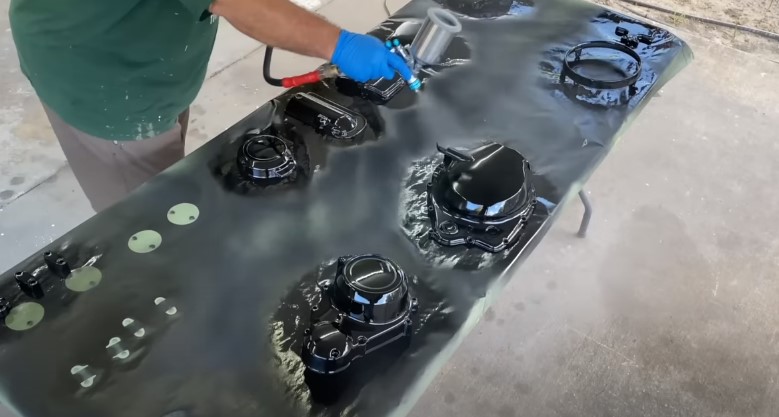
Personal Touches
Add personal touches to make your Café Racer truly unique. Incorporate accessories, decals, or additional features that align with your vision. These small details contribute to the bike’s character and reflect your individuality.
Riding and Enjoying
With all elements in place and legalities sorted, it’s time to embrace the fruits of your labor. Take your café racer for its inaugural ride, savoring the blend of style and performance you’ve meticulously crafted.
How to Maintain Your Cafe Racer?
Owning a Café Racer is not just about the thrill of riding; it’s also about preserving its unique blend of style and performance. Proper maintenance ensures that your customized masterpiece continues to look stunning and perform optimally. Here’s a guide to help you keep your café racer in top shape.
Regular Inspections
Perform routine inspections to identify any issues before they escalate. Check the engine, brakes, suspension, and tires for wear or damage. Look for leaks, loose bolts, and unusual sounds. Addressing these early can prevent bigger problems down the road.
Oil Changes
Regular oil changes are essential for engine health. Follow the manufacturer’s recommendations for oil type and intervals. Fresh oil helps maintain engine performance and prolongs its lifespan.

Cleaning and Detailing
Frequent cleaning not only keeps your café racer looking pristine but also prevents dirt and grime from damaging components. Use gentle cleaning products to avoid harming the paint or finishes. Regularly waxing and polishing help protect the paint and metal surfaces.
Tire Maintenance
Check tire pressure and tread regularly. Properly inflated tires ensure optimal handling and safety. Replace tires when the tread wears down to prevent compromised grip.
Electrical System
Inspect wiring for signs of wear or damage. Check lights, turn signals, and other electrical components. Keeping the electrical system in good condition ensures reliability on the road.
Chain and Drivetrain
Clean and lubricate the chain to prevent rust and maintain smooth power transfer. Check the tension and alignment regularly, adjusting as needed.
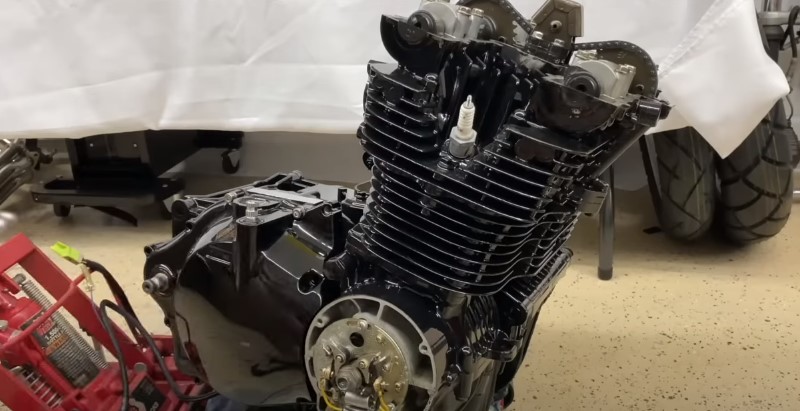
Brake Care
Brakes are crucial for safety, so inspect brake pads and rotors for wear. Bleed the brake lines if necessary to maintain optimal braking performance.
Suspension
Regularly check and adjust suspension settings to match your riding preferences. Inspect shocks and forks for leaks and ensure they’re functioning correctly.
Fluid Checks
Regularly check brake fluid, coolant, and other vital fluids. Top them off or replace them as needed to maintain performance and prevent overheating.
Storage
When not riding, store your café racer in a dry and covered space. Use a motorcycle cover to shield it from dust, debris, and sunlight. If possible, elevate the bike to prevent tire flat spots.
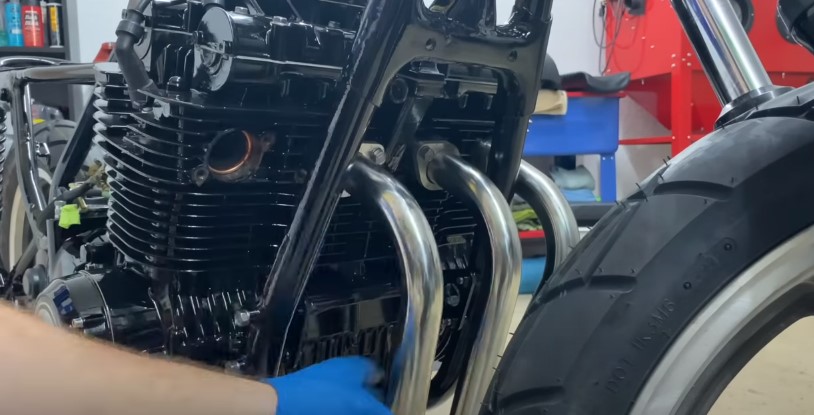
Professional Maintenance
For complex tasks or major overhauls, seek professional assistance. Mechanics with experience in custom motorcycles can ensure proper care for your café racer.
How Difficult Is It to Build a Cafe Racer?
Building a café racer can range from moderately challenging to highly complex, depending on your mechanical skills, experience, and the extent of modifications. Basic modifications like seat changes or handlebar swaps might be accessible to those with some DIY knowledge.
However, advanced tasks such as engine modifications, frame welding, and intricate electrical work demand expertise. An understanding of motorcycle mechanics, access to specialized tools, and patience are crucial.
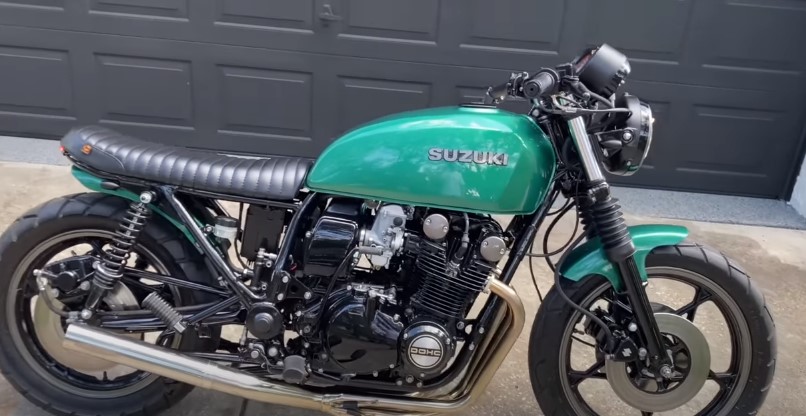
While online resources and communities offer guidance, professional help may be required for complex aspects. Overall, building a café racer requires dedication, research, and a willingness to learn, making it a gratifying journey for enthusiasts with a passion for both design and mechanics.
Conclusion
In building a Café Racer, costs vary. Bike choice, customization extent, parts quality, and labor impact expenses. Plan wisely, balancing vision and budget. Remember, personal satisfaction fuels the journey more than price tags do.

